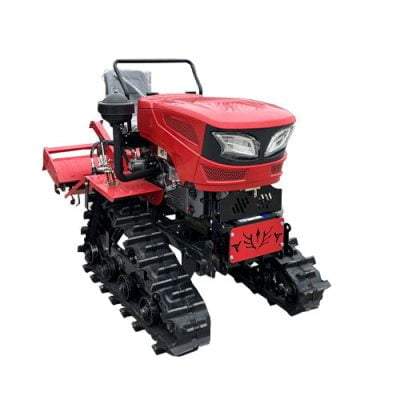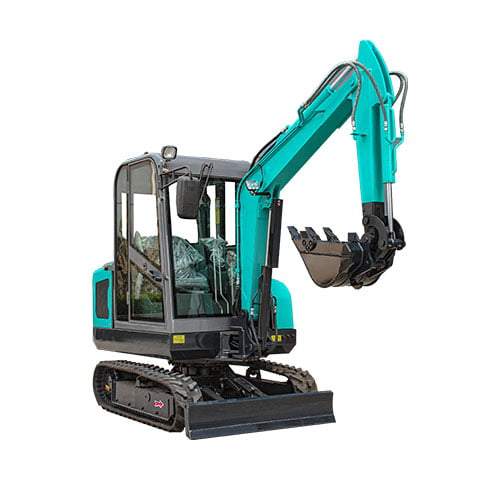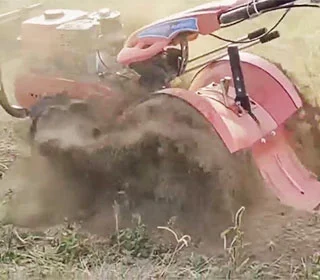Why You Need a Large Wood Chipper
Welcome to My Blog!
Before we dive into the content, I’d love for you to join me on my social media platforms where I share more insights, engage with the community, and post updates. Here’s how you can connect with me:
Facebook:https://www.facebook.com/profile.php?id=61557298070472
Now, let’s get started on our journey together. I hope you find the content here insightful, engaging, and valuable.
Introduction
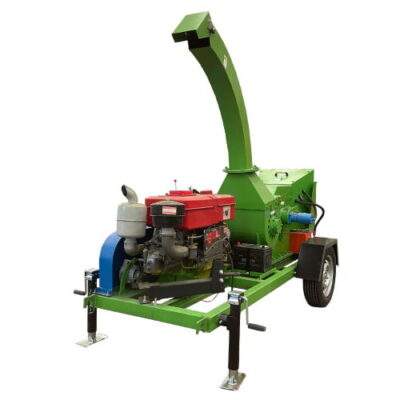
A large wood chipper is a powerful piece of machinery designed to efficiently break down large pieces of wood into smaller, more manageable wood chips. These versatile chips have a multitude of applications, ranging from landscaping and mulching to fuel production and soil improvement. If you’re involved in forestry, agriculture, or any industry that generates substantial amounts of woody debris, a large wood chipper can be an indispensable tool that significantly enhances efficiency and sustainability.
The Benefits of a Large Wood Chipper
- Efficient Debris Removal: Large wood chippers are highly effective at quickly processing branches, logs, and other woody debris, making cleanup after storms, logging operations, or tree trimming projects significantly more efficient.
- Enhanced Safety: By reducing the size of woody debris, large wood chippers create a safer work environment. Smaller wood chips are less likely to cause injuries or damage to equipment, minimizing the risk of accidents.
-
Versatile Applications: Wood chips have a wide range of applications, including:
- Mulch: Wood chips can be used as mulch to retain soil moisture, suppress weed growth, and improve soil health by regulating temperature and preventing erosion.
- Fuel: Wood chips can be used as a renewable fuel source for heating homes or generating electricity, contributing to a more sustainable energy landscape.
- Animal Bedding: Wood chips can be used as clean and absorbent bedding for livestock and poultry, providing a comfortable and hygienic environment.
- Soil Amendment: Wood chips can be added to soil to improve drainage, aeration, and nutrient retention, enhancing soil fertility and plant growth.
- Increased Property Value: A well-maintained property with minimal debris can significantly increase its aesthetic appeal and property value.
- Environmental Benefits: By recycling woody debris into useful products, large wood chippers contribute to a more sustainable future by reducing the amount of waste sent to landfills and conserving natural resources.
How a Large Wood Chipper Works
A large wood chipper typically consists of a powerful engine, a robust feed system, sharp cutting blades, and a screen. The feed system, often equipped with hydraulic rams or a conveyor belt, draws the wood into the machine. Once inside, the powerful cutting blades shred the wood into smaller pieces. The size of the wood chips can be precisely controlled by adjusting the screen, allowing for customization based on specific needs.
Choosing the Right Large Wood Chipper
When selecting a large wood chipper, several key factors should be carefully considered:
- Capacity: The size of the wood chips required and the volume of material to be processed will determine the necessary capacity of the chipper.
- Power Source: Wood chippers can be powered by gasoline, diesel, or electric motors. The choice of power source depends on factors such as availability, cost, and environmental impact.
- Mobility: If the chipper needs to be moved to different locations, a self-propelled or trailer-mounted model may be the most suitable option.
- Safety Features: Prioritize safety features such as emergency stop buttons, safety guards, and clear instructions to minimize the risk of accidents.
Common Mistakes to Avoid When Using a Large Wood Chipper
- Feeding the chipper too quickly: Feeding the chipper too quickly can overload the engine, damage the blades, and reduce efficiency.
- Feeding foreign objects: Avoid feeding the chipper any objects that are not wood, such as metal or rocks, as this can severely damage the blades and potentially cause safety hazards.
- Not wearing proper safety gear: Always wear safety glasses, gloves, sturdy footwear, and hearing protection when operating a wood chipper to protect yourself from potential injuries.
Maintenance Tips for Large Wood Chippers
- Regular inspection and cleaning: Regularly inspect the chipper for any signs of wear or damage, and clean out any debris to ensure optimal performance.
- Sharpen the blades: Dull blades can significantly reduce efficiency and increase the risk of accidents. Sharpen the blades regularly to maintain peak performance.
- Change the oil and filters as recommended: Adhering to the recommended maintenance schedule, including regular oil and filter changes, will prolong the life of your wood chipper and prevent costly repairs.
Comparison of Different Wood Chip Uses
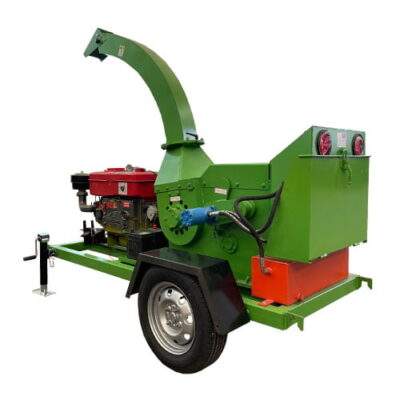
| Use | Benefits | Considerations |
|---|---|---|
| Mulch | Suppresses weed growth, retains soil moisture, regulates soil temperature, prevents erosion, and improves soil structure | May need to be replenished periodically, especially in heavy rainfall or windy conditions |
| Fuel | Renewable energy source, reduces reliance on fossil fuels, and can be used in biomass boilers or power plants | Requires proper storage and handling to prevent moisture buildup and decay |
| Animal Bedding | Absorbs moisture, provides insulation, and creates a clean and comfortable environment for livestock and poultry | May need to be replaced regularly, especially for larger animals or in wet conditions |
| Soil Amendment | Improves soil structure, increases water retention, and can add nutrients to the soil, enhancing plant growth | May tie up nitrogen in the soil, so careful consideration should be given to nutrient balance |
Conclusion
A large wood chipper is a versatile and efficient tool that can significantly benefit individuals and businesses involved in forestry, agriculture, and landscaping. By carefully selecting the right chipper, following proper safety procedures, and implementing regular maintenance, you can maximize the benefits of wood chipping and contribute to a more sustainable future.
FAQ
Can I chip green wood?
Yes, but green wood is more difficult to chip and may require more power and blade sharpening.
How often should I sharpen the blades?
The frequency of sharpening depends on the type of wood being chipped, the volume of material processed, and the sharpness of the blades.
Is it safe to chip branches with nails or other metal objects?
No, it is extremely dangerous to feed metal objects into a wood chipper, as they can damage the blades and pose a serious safety risk.

